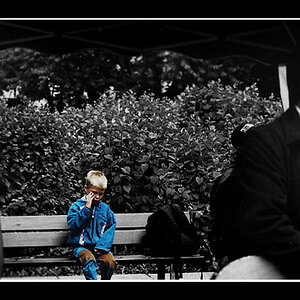carlostau
TPF Noob!
- Joined
- Apr 13, 2008
- Messages
- 47
- Reaction score
- 0
- Location
- Buenos Aires, Argentina
- Can others edit my Photos
- Photos OK to edit
Sorry, I translated it from the spanish term... In english, auric proportion is the equivalent of golden section or divine proportion.
Here's the typical spiral:

Here's the typical spiral:











![[No title]](/data/xfmg/thumbnail/37/37606-3c9ffb5906173fa2aa489341967e1468.jpg?1619738148)






